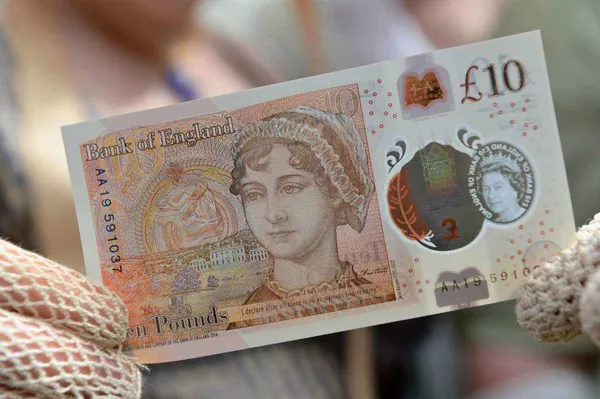GBP/USD rose on Monday and moved away from the 1.2550-1.2545 area, the lowest level since June 13 hit last Friday. The spot price recovered the round number of 1.2600 in the Asian market and gained support from the slight decline of the US dollar.
On Sunday, China announced it would slash its stock trading levy from 0.1% to 0.05% from Aug. 28, the first cut since 2008, in a bid to boost a struggling market. That, in turn, helped to revive investor confidence, as evidenced by a broad-based rally in equities, and led to some profit-taking in the safe-haven dollar, especially after its recent rally to near three-month highs. The sterling was supported by hawkish comments from Bank of England (BOE) Deputy Governor Ben Broadbent and moderately boosted GBP/USD.
With the knock-on effects of rising prices unlikely to fade quickly, monetary policy will likely have to remain restrictive for some time, Broadbent told the annual Jackson Hole economic symposium on Saturday. However, market players appear confident that the Bank of England will not need to raise interest rates as previously thought to bring inflation back to target amid growing recession fears. In fact, money markets are currently pricing in little chance of further rate hikes after the widely expected 25 basis point hike at the September meeting.
In addition, Federal Reserve Chairman Jerome Powell (Jerome Powell) all but cemented market expectations for the central bank to raise interest rates again before the end of this year. Indeed, Powell said on Friday that the Fed may need to raise rates further to bring down still-elevated inflation, adding that policymakers would proceed cautiously in deciding whether to tighten further or keep policy rates on hold. That remains a supportive factor for rising U.S. Treasury yields, which, along with fears of a global economic downturn, could help limit any meaningful downside for the greenback and limit any further gains for the GBP/USD pair.
There were no relevant market-moving data releases on Monday, with the UK banking sector remaining closed for the summer bank holiday. In addition, last week’s continuous decline below the 100-day SMA suggests that its path of least resistance is down. It would be prudent to wait for some strong follow-through buying before confirming that the decline of the past six weeks is over and positioning for a rebound.


